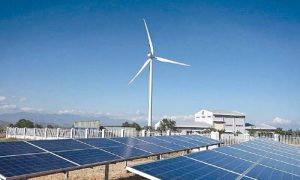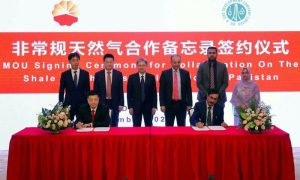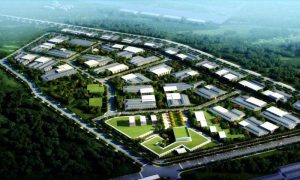Engineering Post Report
The Gilgit Baltistan province comprising area of 72496 square kilometers and population of 1.5 million has the potential for developmental investment in hydel energy, mineral and tourism sectors.
However, development of Gilgiit-Baltistan faces four main challenges: 1)a mountainous terrain,making development activities difficult;2) contains geographically dispersed population causing high cost of service delivery;3) lags behind in private and public sector investments with minimal development infrastructure; and 4) lacks institutional capacity due to its nominally autonomous constitutional status.
Hydro power generation remained an integral part of Annual Development Programme of Gilgit-Baltistan and to utilize this potential, the sector remained major recipient of the allocation during 2020-21 and work on regional grid in Gilgit-Baltistan was in progress. In addition, projects with installed capacity of 198.6 MW have been completed. During financial year 2020-21, 20 power generation projects were completed.
In infrastructure sector, 460 kilometers shingle roads were constructed, 240 KM shingle roads were upgraded to metalled roads, 45 bridges of all types and 8 km of irrigation channels were constructed and 7 water purification plants were also I installed.
Gi;git-Baltistan government has initiated an economic transformation project costing Rs 17 billion. The project would bring 50 thousand acres of additional land under command and construct 400 KM farm to market roads.
Through Gilgit Development Authority and Skardu Development Authority, public parks, libraries ,open spaces and recreational centers in both largest urban centers of Gilgit-Baltistan were in the process of being constructed and larger portion of physical work had already been completed. In order to address environmental issues, integrated approach for drinking and sewerage system had been adopted for all district headquarters of the province.








